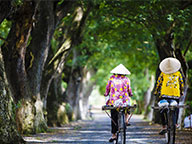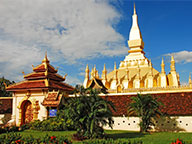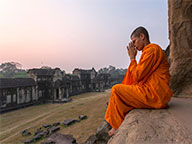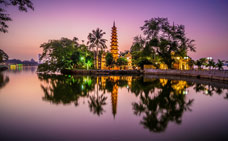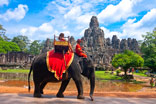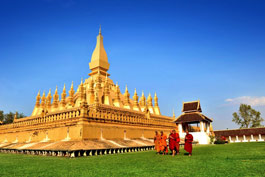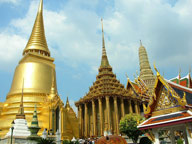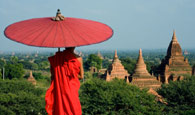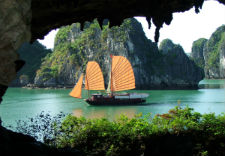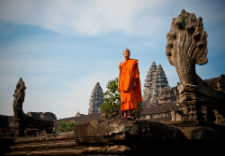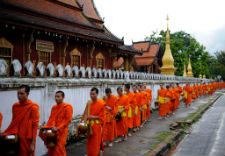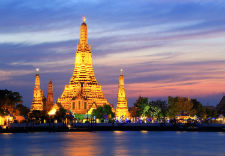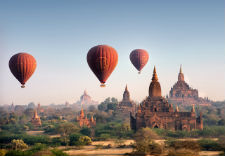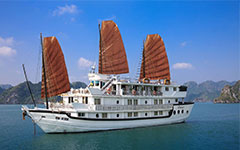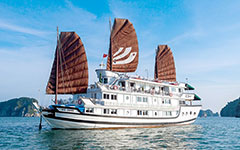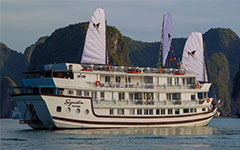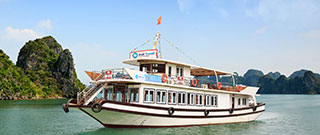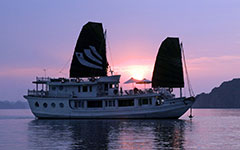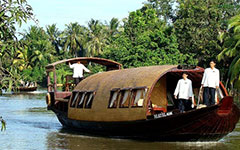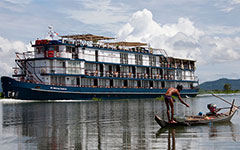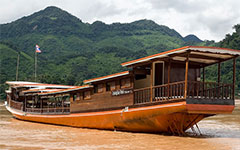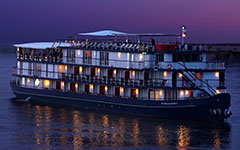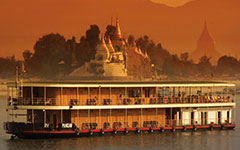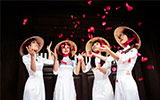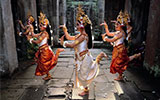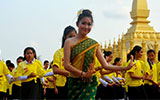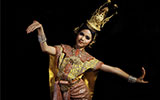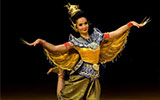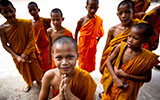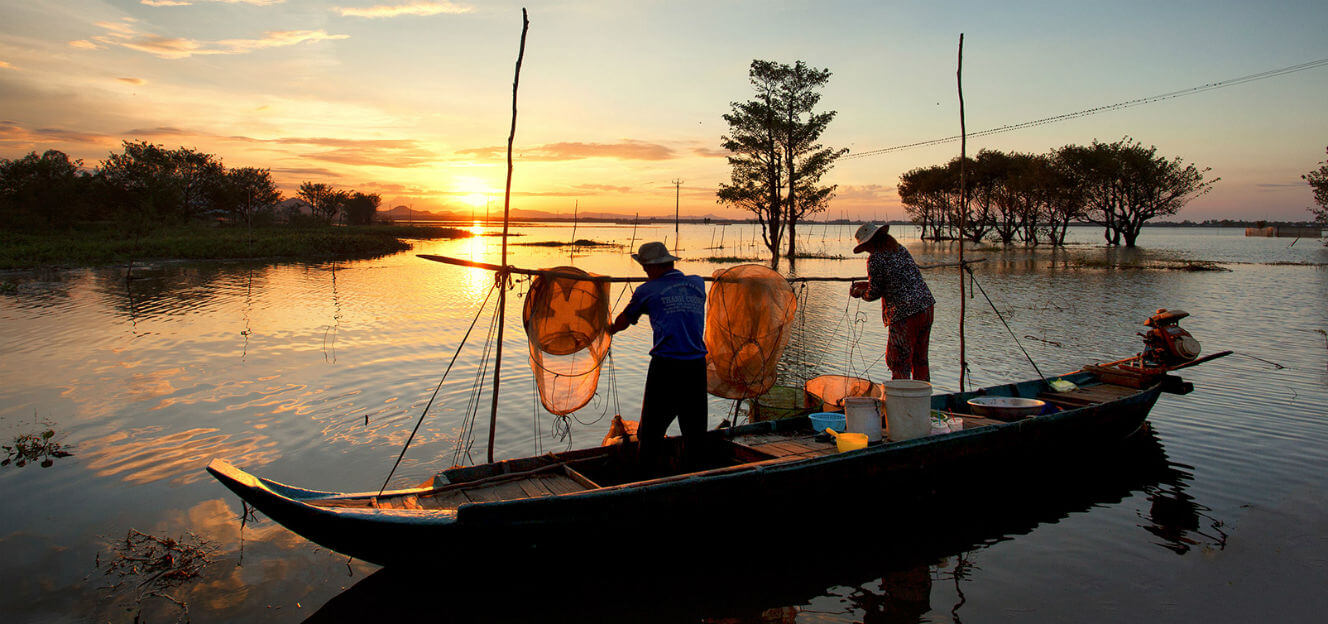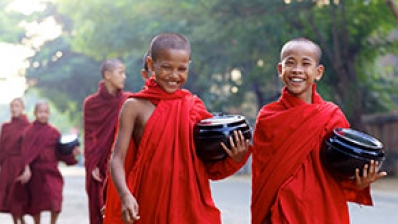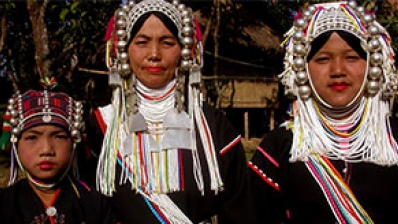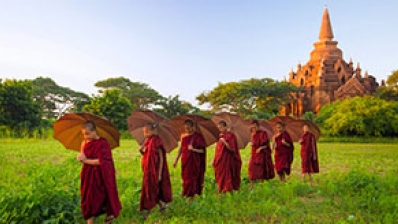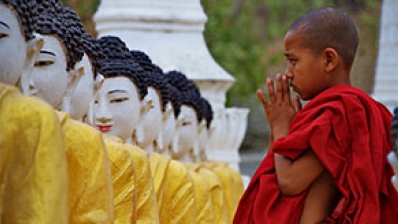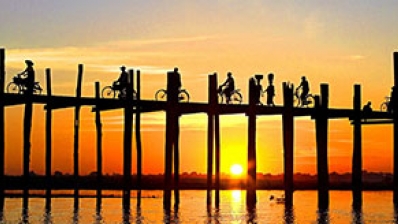BAGAN is an ancient city with over 10,000 temples still maintained today
Population: 500,000 people
Size: 104 km2 (40 sq mi)
Religion: Theravada Buddhism
Founded: mid-to-late 9th century
The Bagan Archaeological Zone is a main draw for the country's nascent tourism industry. It is seen by many as equal in attraction to Angkor Wat in Cambodia.
If you visit Myanmar, you should not miss this place.
According to the Burmese chronicles, Bagan was founded in the second century AD, and fortified in 849 AD by King Pyinbya
From the 9th to 13th centuries, the city was the capital of the Kingdom of Bagan, the first kingdom to unify the regions that would later constitute modern Myanmar. During the kingdom's height between the 11th and 13th centuries, over 10,000 Buddhist temples, pagodas and monasteries were constructed in the Bagan plains alone, of which the remains of over 2200 temples and pagodas still survive to the present day.
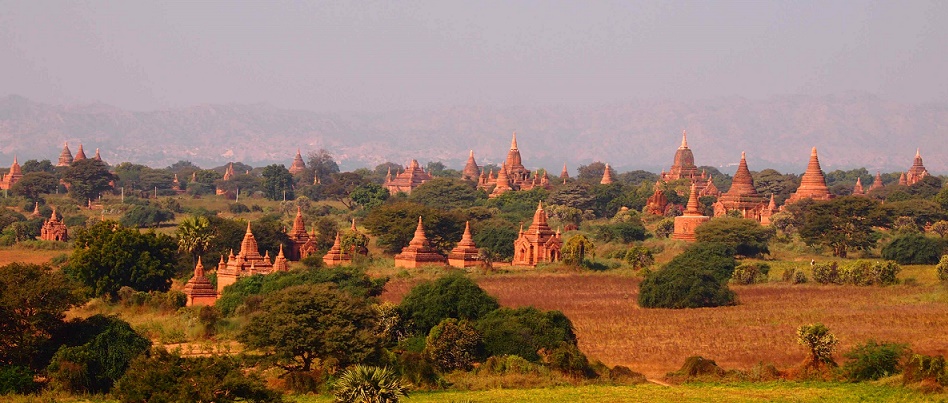
Bagan's prosperous economy built over 10,000 temples between the 11th and 13th centuries.
The Bagan Archaeological Zone, defined as the 13 x 8 km area centered around Old Bagan, consisting of Nyaung U in the north and New Bagan in the south
Architecture
Bagan stands out for not only the sheer number of religious edifices of Myanmar but also the magnificent architecture of the buildings, and their contribution to Burmese temple design. The artistry of the architecture of pagodas in Bagan prove the achievement of Myanmar craftsmen in handicrafts
Economy
Bagan's economy is based mainly on tourism. Because of boycotts against the previous military government, the Bagan region's tourism infrastructure is still quite modest by international standards. The city has a few international standard hotels and many family-run guesthouses. Bagan is also the center of Burmese lacquerware industry, which to a large degree depends on tourist demand. Much of the lacquerware is destined for souvenir shops in Yangon, and to the world markets. Moreover, the lacquerware-making process itself has become a tourist draw.
